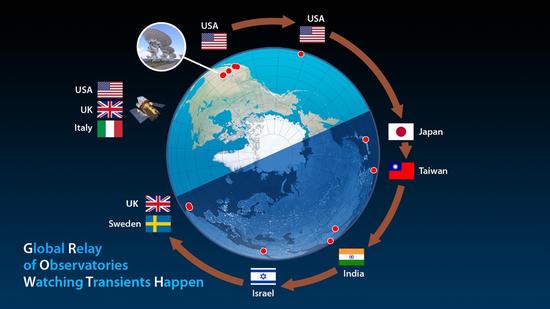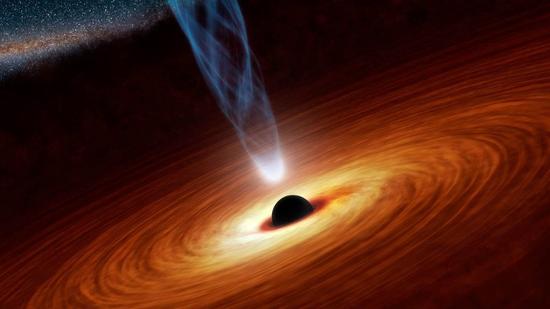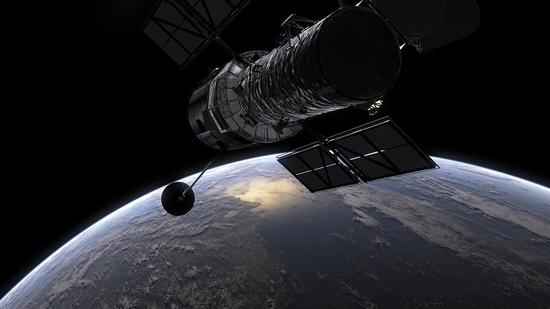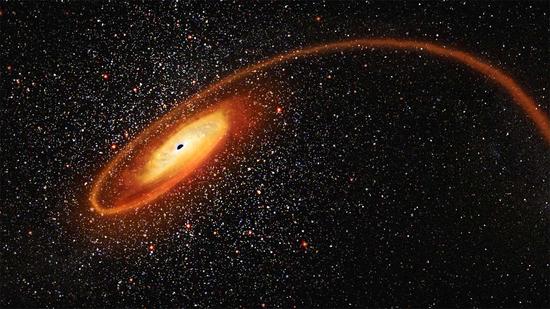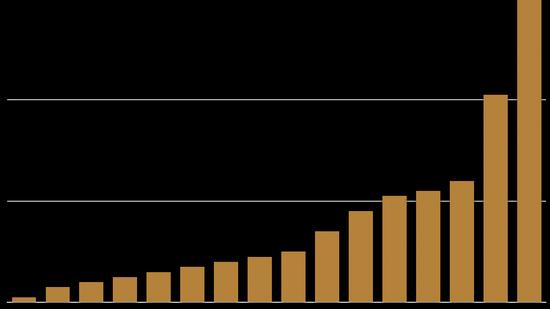Tiara Hung
Postdoctoral Scholar
UC Santa Cruz
About Me
I am a postdoctoral fellow at the University of Santa Cruz working in Prof. Ryan Foley’s UCSC Transient Team and am also a member of the Young Supernova Experiment. I obtained my PhD in astronomy from the University of Maryland in 2018. During my final years in graduate school, I participated in the Zwicky Transient Facility (ZTF) as a commissioning member at Caltech and was partially funded by the GROWTH program. I was born and raised in Tapei, Taiwan. Before coming to the US, I used to work as a research assistant at ASIAA.
My research revolves around the observations of transient phenomena in supermassive black holes, through which we can study the physical processes operating in these systems and survey black hole demographics. Outside research, I enjoy travelling, cooking, reading, and painfully challenging hikes once in a while.
Interests
- Tidal disruption events
- Supermassive black holes
- Data visualization
- Statistical analysis
Education
-
PhD in Astronomy, 2018
University of Maryland College Park
-
MSc in Astronomy, 2015
University of Maryland College Park
-
BSc in Electrophysics, 2013
National Chiao Tung University
Research Highlights
Publications
My publications can be accessed on ADS and Google Scholar.
Refereed Papers
First Author
Citations
h-index
